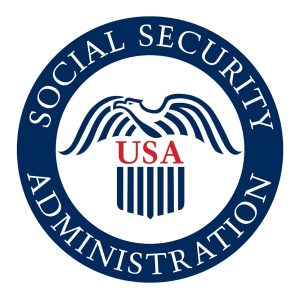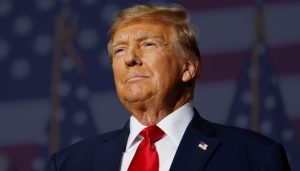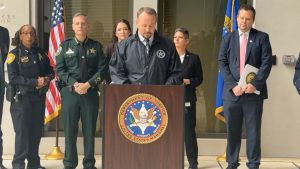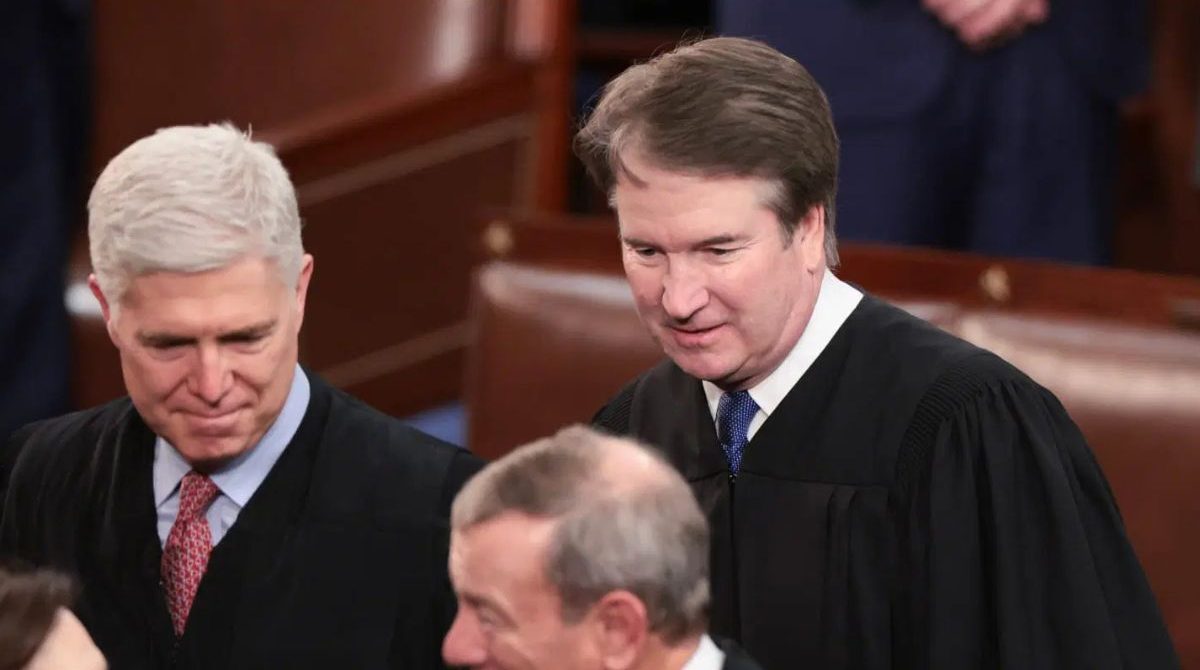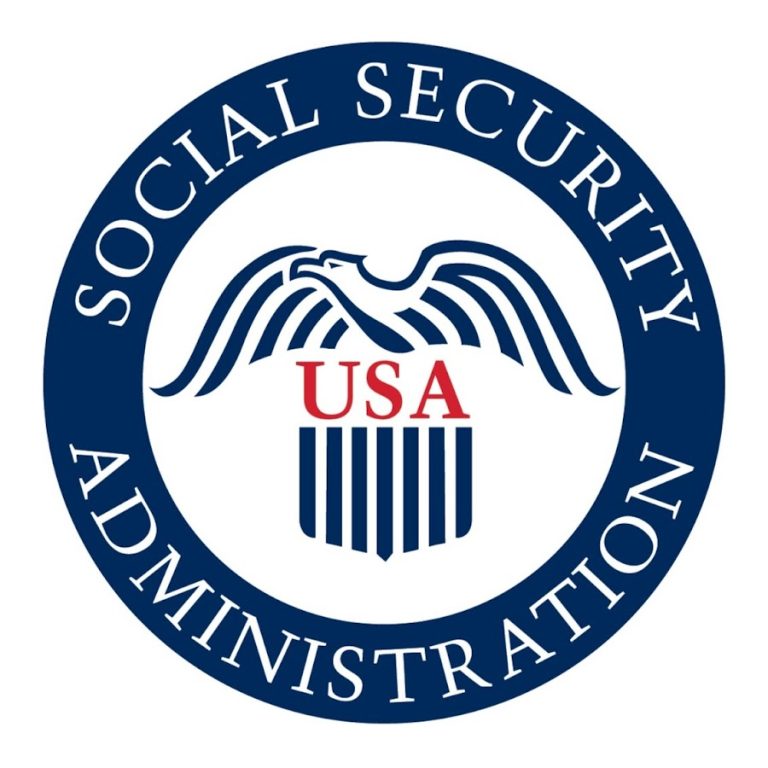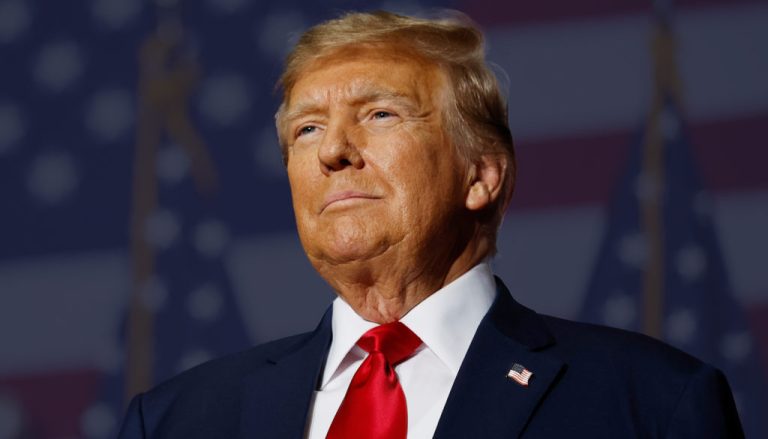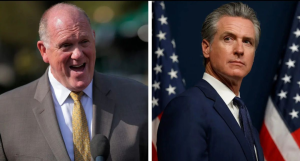Supreme Court Justices Warn Lower Courts Against Defying Precedent
Supreme Court Justices Neil Gorsuch and Brett Kavanaugh have issued strong warnings to lower court judges this summer, urging them not to disregard precedents set by the high court — particularly in cases involving the Trump administration.
The warning came in a decision concerning the Trump administration’s cancellation of nearly $800 million in federal research grants, where Gorsuch emphasized that lower courts cannot simply ignore prior rulings.
“Lower court judges may sometimes disagree with this court’s decisions, but they are never free to defy them,” Gorsuch wrote. Justice Kavanaugh joined in the opinion, which criticized a district judge for disregarding an earlier Supreme Court order.
Repeated Interventions from the High Court
According to Gorsuch, this was the third time in just weeks that the Supreme Court had to intervene in a case “squarely controlled” by existing precedent. He stressed that when the Supreme Court issues a ruling, it establishes binding precedent that “commands respect” from all lower courts.
The case in question overturned a decision by U.S. District Judge William Young, who had attempted to challenge the administration’s move by claiming he had “never seen government racial discrimination like this.” The Supreme Court reversed his ruling, allowing the administration to keep the grants frozen.
This decision is part of a broader pattern in which the Supreme Court has sided with the Trump administration on emergency docket cases involving immigration, federal spending, and the leadership of independent agencies.
Tensions Between the Courts
The clash highlights a growing tension between lower courts and the high court. Several justices, including conservatives and liberals, have publicly expressed concerns about how emergency orders are being handled.
Justice Samuel Alito earlier this year rebuked a federal judge for committing an “act of judicial hubris” in a Trump-related case.
Meanwhile, liberal justices have been more critical of the Supreme Court’s pattern of siding with the administration. Justice Ketanji Brown Jackson, dissenting in the NIH funding case, accused the majority of playing “Calvinball jurisprudence,” referencing a comic strip where rules constantly change. “We seem to have two rules: that one, and this administration always wins,” she wrote.
Justice Sonia Sotomayor has also warned that the majority is “rewarding lawlessness,” citing instances where the Court overlooked the executive branch’s noncompliance with lower court rulings.
Conservative Defense of Gorsuch’s Warning
Conservative legal figures defended the Court’s warning. James Burnham, a former Gorsuch clerk and Trump administration official, called the defiance of Supreme Court emergency orders “unprecedented” and “extraordinary.”
Carrie Severino, president of the Judicial Crisis Network, argued that the Supreme Court had no choice but to remind lower courts that they cannot “flout” its orders.
At the center of the debate is the question of how much authority emergency orders should carry. Such orders are often unsigned and lack detailed reasoning, leading some judges to interpret them narrowly. However, recent Supreme Court opinions have stressed that even short-term rulings set binding direction for similar cases.
Major Cases and Nationwide Impact
The Supreme Court’s insistence on compliance has already shaped several Trump-related disputes.
-
In July, the Court ruled in favor of Trump’s decision to remove three members of the Consumer Product Safety Commission appointed by President Biden. The unsigned opinion cited an earlier emergency order concerning labor agency removals, saying the case was “squarely controlled” by precedent.
-
The Court also issued a landmark ruling restricting nationwide injunctions, a tool frequently used by district courts to block federal policies across the country. This decision came in a case involving Trump’s controversial order to end birthright citizenship.
The ruling significantly curtails the ability of lower courts to halt presidential policies on a nationwide basis, a practice that has been heavily criticized by conservatives.
Calls for Clarity
While conservative justices have been blunt in chastising lower courts, others have suggested the Supreme Court itself bears some responsibility for the confusion.
Justice Elena Kagan acknowledged during remarks in California that the Court “could explain things better” to help judges interpret its emergency orders.
Days later, in a speech in Kansas City, Justice Kavanaugh emphasized the judiciary’s limited role: “Members of the judiciary have an important responsibility… to get it right, to do our hard work, to understand our role in the constitutional democracy. We’re not the policymakers.”
Looking Ahead
The Supreme Court’s repeated interventions underscore a power struggle within the judicial system as the Trump administration pushes controversial policies through executive action.
As the high court continues to rule in favor of the administration on the emergency docket, questions remain about the long-term balance of power between the branches of government — and whether lower courts will heed the warnings from Gorsuch and Kavanaugh.
What is clear is that the Court is increasingly unwilling to tolerate lower court defiance, signaling that future challenges to Trump’s agenda may face swift reversals at the highest level.

James Jenkins is a celebrated Pulitzer Prize-winning author whose work has reshaped the way readers think about social justice and human rights in America. Raised in Atlanta, Georgia, James grew up in a community that instilled in him both resilience and a strong sense of responsibility toward others. After studying political science and creative writing at Howard University, he worked as a journalist covering civil rights issues before dedicating himself fully to fiction. His novels are known for their sharp, empathetic portraits of marginalized communities and for weaving personal stories with broader political realities. Jenkins’s breakout novel, Shadows of Freedom, won national acclaim for its unflinching look at systemic inequality, while his more recent works explore themes of identity, resilience, and the fight for dignity in the face of oppression. Beyond his novels, James is an active public speaker, lecturing at universities and participating in nonprofit initiatives that support literacy and community empowerment. He believes that storytelling is a way to preserve history and inspire change. When not writing, James enjoys jazz music, mentoring young writers, and traveling with his family to explore cultures and stories around the world.

